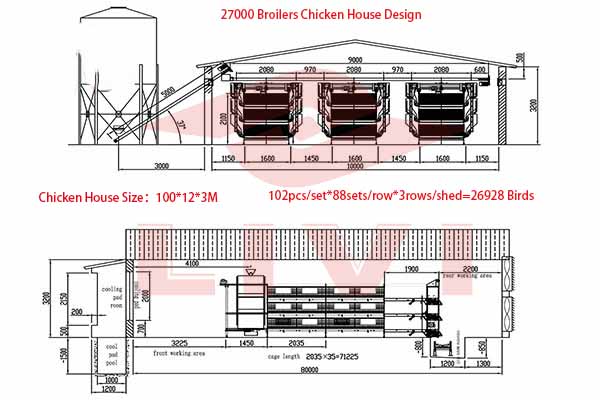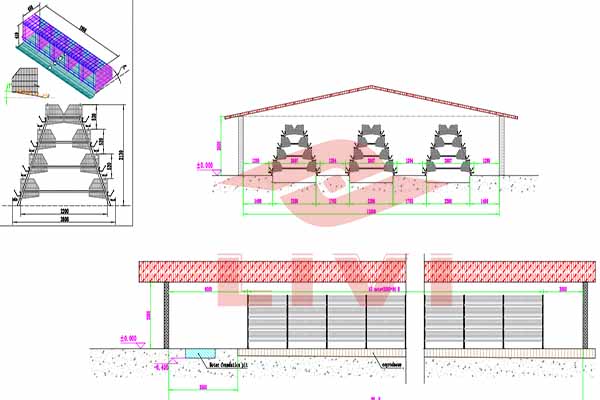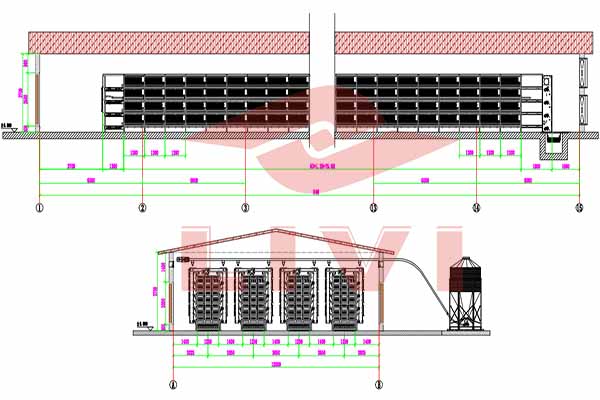What Are The Rules For Incubating Eggs?
Using incubators to incubating eggs requires the following rules to ensure that the hatching success rate is above 90.
1. Selecting Eggs
The size and shape of the eggs should meet breed requirements. Eggs that are too large, too small, too long, too round, have thin shells, rough surfaces, or overly hard shells are not suitable for incubation. The ideal egg weight is 55-65 grams, approximately 8-10 eggs per pound. Trays for broiler and layer eggs can be used interchangeably. The storage time for hatching eggs should not exceed 7 days, with 3-5 days being the optimal storage period.
2. Double Disinfection
Before incubation, disinfect the incubation equipment and the hatching eggs. Disinfection is usually done by fumigation or ultraviolet irradiation.
3. Pre-Incubation Preparation
Before incubation, preheat the eggs at 22-25°C for about 2 hours to awaken the embryonic development, reduce temperature fluctuations in the incubator, and remove condensation on the eggshell surface. Place the eggs in the incubator tray with the large end up. The best time for incubation is around 4-5 PM, ensuring most chicks hatch during the day.
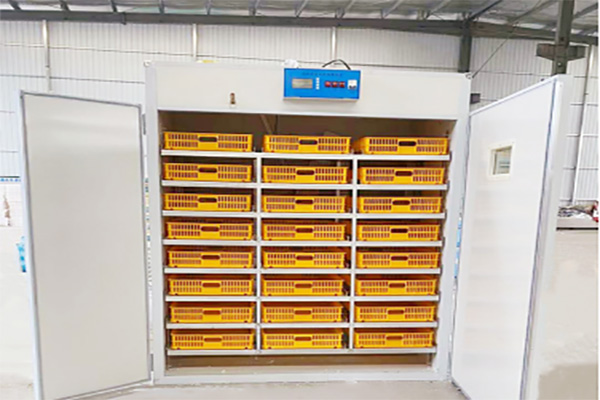
4. Incubation Management
| Period | Temperature | Humidity |
|---|---|---|
| 1-7 days | 37.8°C | 60-65% |
| 8-18 days | 37.5°C | 50-55% |
| 19-21 days | 37.2°C | 65-70% |
During incubation, maintain good ventilation. The carbon dioxide concentration inside the incubator should not exceed 0.5%.
5. Turning and Cooling Eggs
Turning Eggs: To prevent the embryo from sticking to the egg membrane, turn the eggs every 1.5 hours. Stop turning after 17 days and move the eggs to the hatching area.
Cooling Eggs: No cooling is needed from day 1 to 7. From day 8 to 12, cool the eggs once daily for 15 minutes. From day 13 to 17, cool the eggs twice daily for 20 minutes each time. From day 18 to 21, cool every 4-6 hours for 15-20 minutes. During cooling, open the front door and rear panel, turn the eggs once, and combine cooling with tray adjustment.
6. Candling Eggs
Candling is done three times during incubation:
First: On day 5 for white eggs, and day 7 for brown eggs, to remove infertile, dead, or damaged eggs.
Second: On day 11.
Third: On day 18, adjust the incubator’s temperature and humidity based on the egg development.
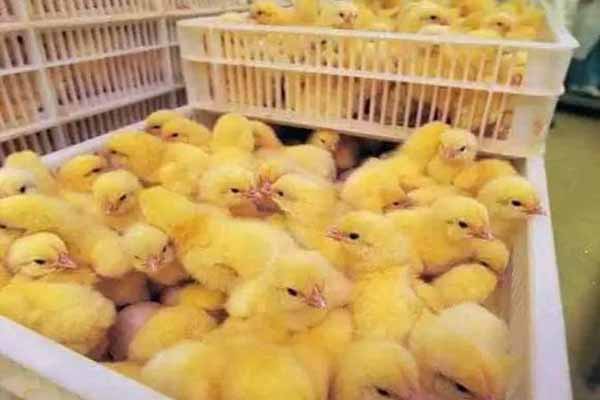
7. Hatching
On day 19, or when 1% of the eggs show slight pipping, transfer the eggs from the incubator trays to the hatcher trays, maintaining a temperature of 36.7°C and a humidity of 75%. Collect chicks every 4 hours after batch hatching. Unhatched eggs should be moved to the upper layer for easier hatching.
Following these steps can effectively improve the rate of incubating eggs and ensure healthy chicks.
Livi Machinery Chicken Equipment and Incubators for Sale
Livi Machinery offers a wide range of high-quality chicken equipment and incubators.
Contact us for more information and to purchase the best equipment for your poultry needs.


